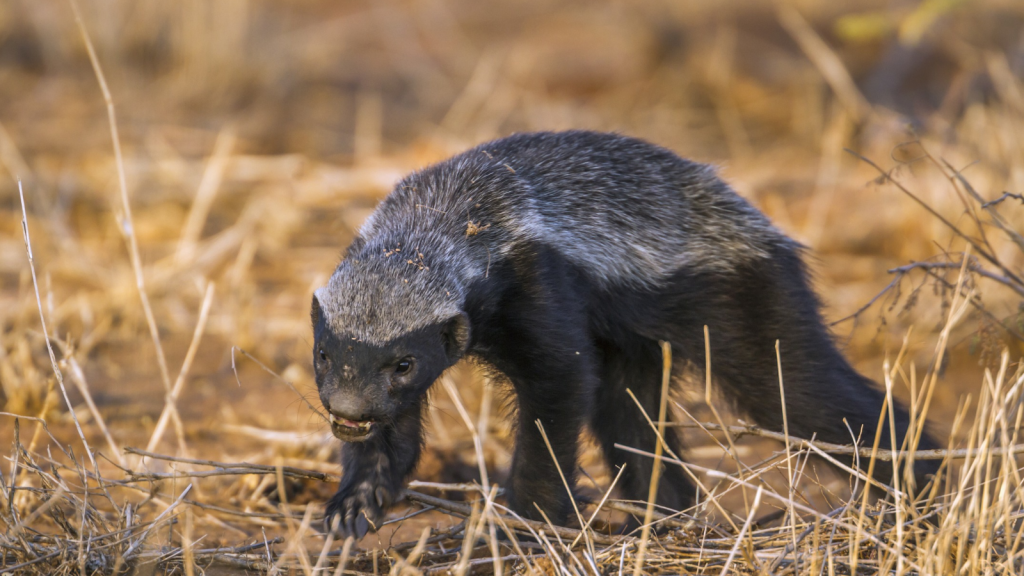The honey badger, a small but mighty creature, roams the African wilderness with a fearless attitude that’s earned it quite a reputation. These tenacious animals have captured the imagination of wildlife enthusiasts and casual observers alike. Despite their name, honey badgers aren’t closely related to European badgers and are more akin to weasels and otters. Their tough-as-nails approach to life and remarkable abilities have made them the stuff of legend. Let’s explore some fascinating facts about these extraordinary creatures that prove why they’re considered Africa’s fiercest animals.
Thick-Skinned and Tough
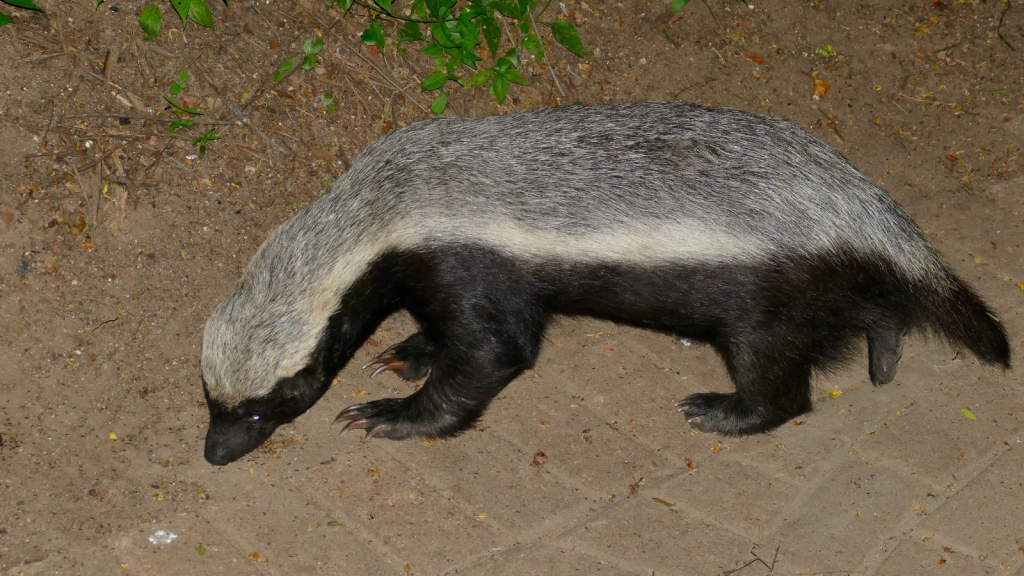
The honey badger’s skin is incredibly thick and loose. This unique feature allows them to twist and turn within their own skin, making it difficult for predators to get a firm grip. Their hide is so tough that it can withstand multiple bee stings, porcupine quills, and even resist machete blows. This remarkable skin, which can be up to 6mm thick in places, is also largely immune to arrows and spears.
Not Actually Badgers
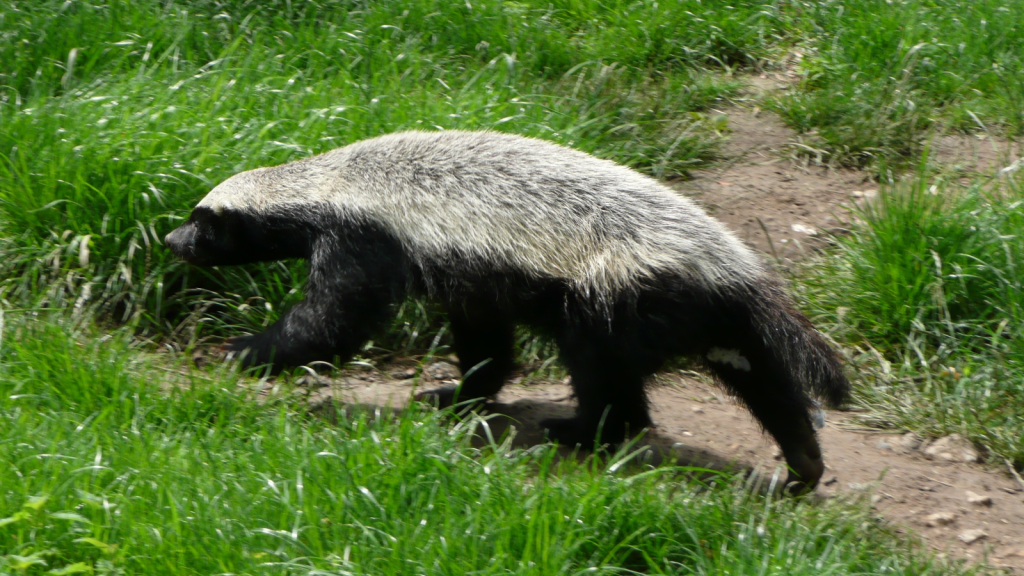
Despite their name, honey badgers aren’t true badgers. They belong to the weasel family, Mustelidae, which includes otters, ferrets, and wolverines. Their scientific name, Mellivora capensis, means “honey eater of the Cape,” referring to their love of honey and their discovery in South Africa’s Cape region. Interestingly, they are the only species in their genus, Mellivora, making them a unique branch on the mustelid family tree.
Fearless Fighters
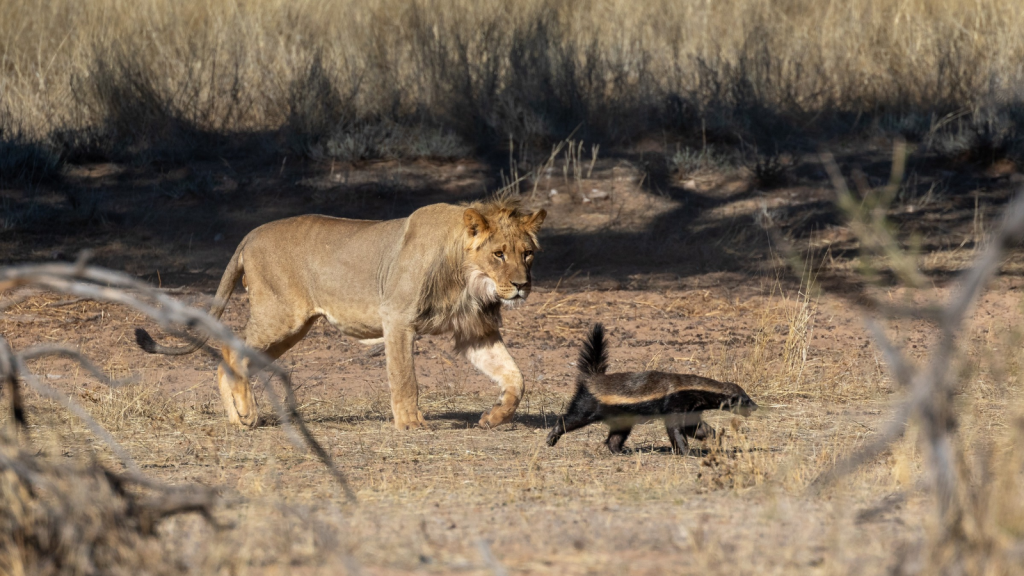
Honey badgers have a well-earned reputation for being fearless. They’ve been known to stand their ground against lions, hyenas, and even take on venomous snakes. Their aggressive nature and powerful jaws make them formidable opponents, even against animals many times their size. In fact, honey badgers have been observed chasing young lions away from kills and stealing food from under the noses of larger predators.
Snake Hunters Extraordinaire
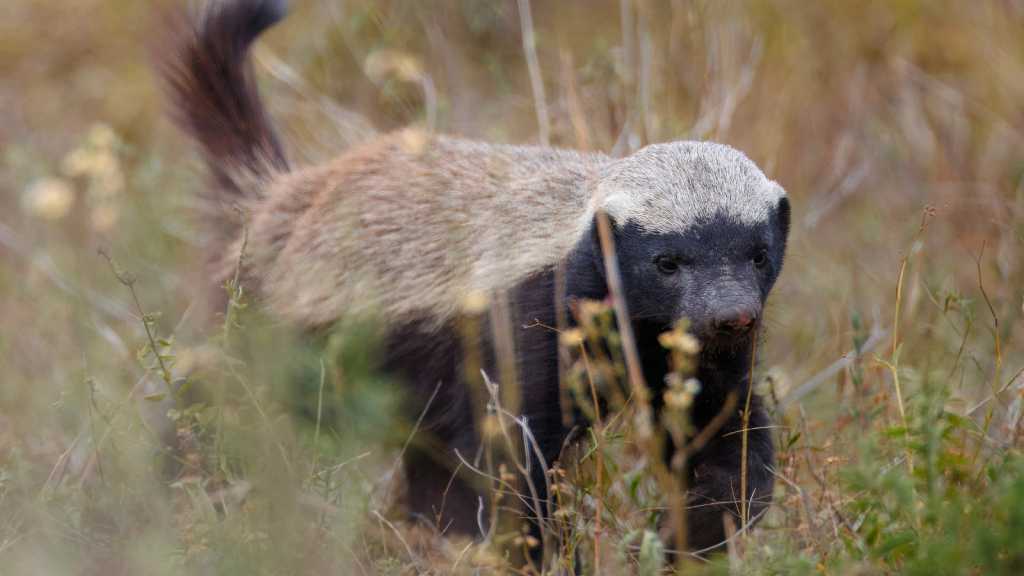
These bold creatures are skilled snake hunters. They have a natural immunity to snake venom, allowing them to tackle deadly serpents like cobras and black mambas. After a venomous bite, they might become drowsy for a few hours but typically recover fully. This venom resistance is thought to be due to a unique mutation in their NALCN ion channel, which prevents the venom from affecting their nervous system.
Clever Tool Users
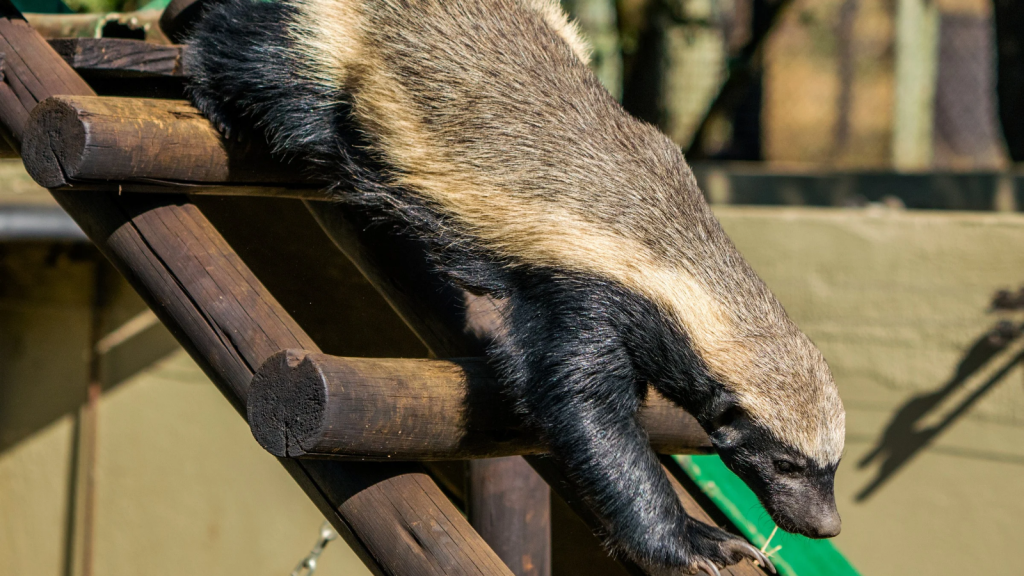
Honey badgers show remarkable intelligence and problem-solving skills. They’ve been observed using tools, such as logs or stones, to climb trees or break open tough-shelled foods. This level of tool use is rare among non-primate animals and showcases their adaptability. In captivity, honey badgers have been known to use rakes, rocks, and even their water bowls as tools to escape enclosures.
Masters of Escape

These crafty creatures are excellent escape artists. They can squeeze through tiny spaces, climb with agility, and even dig their way out of enclosures. Zoos often struggle to keep honey badgers contained due to their problem-solving skills and determination. Some honey badgers have been observed opening complex locks and latches, demonstrating a level of dexterity and intelligence that continues to astonish researchers.
Omnivorous Appetite
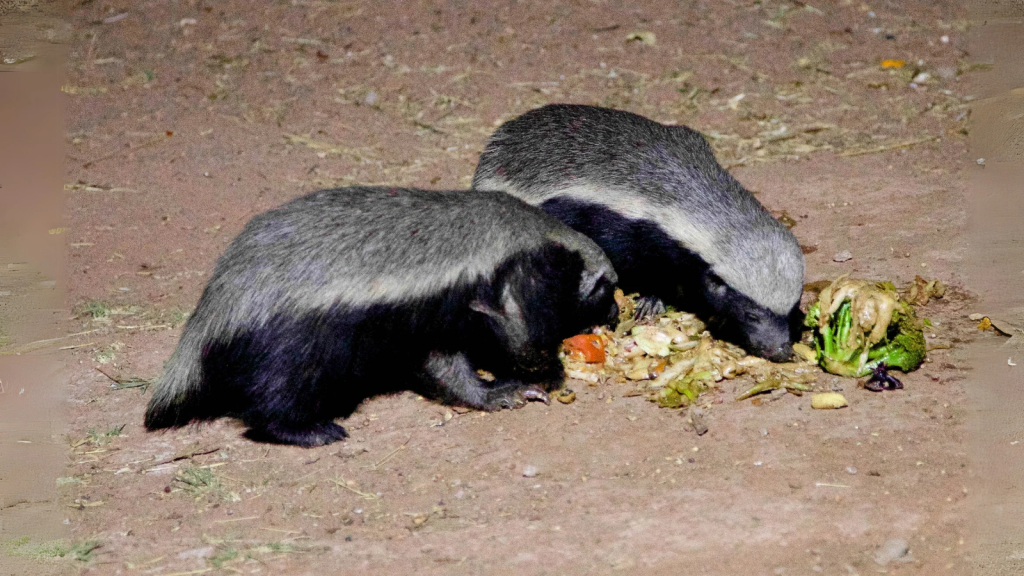
Honey badgers have a varied diet that includes small mammals, birds, reptiles, insects, and, of course, honey. They’re not picky eaters and will consume almost anything they can catch or scavenge. Their diverse diet helps them survive in various habitats across Africa. Honey badgers have even been known to eat poisonous plants and animals that would be lethal to other species, further showcasing their remarkable resilience.
Powerful Diggers
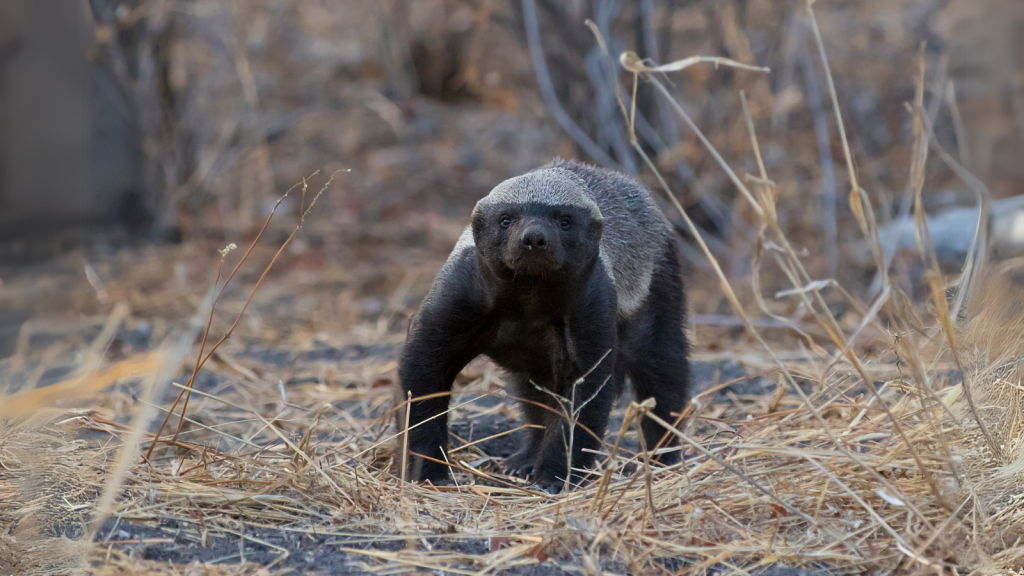
With long, sharp claws and strong forelegs, honey badgers are exceptional diggers. They can burrow into the ground with incredible speed, creating deep dens for shelter or digging up prey. Their digging ability also helps them access beehives and underground rodent nests. A honey badger can dig a hole deep enough to disappear from view in just a few minutes, making this skill crucial for both hunting and evading predators.
Thick-Skulled and Brainy

The honey badger’s skull is unusually thick, providing extra protection during fights and when tackling tough prey. Despite their reputation for being aggressive, they’re also quite intelligent. Their brain-to-body ratio is similar to that of higher primates. This combination of physical toughness and mental acuity allows honey badgers to solve complex problems and adapt to challenging situations in their environment.
Solitary Lifestyle
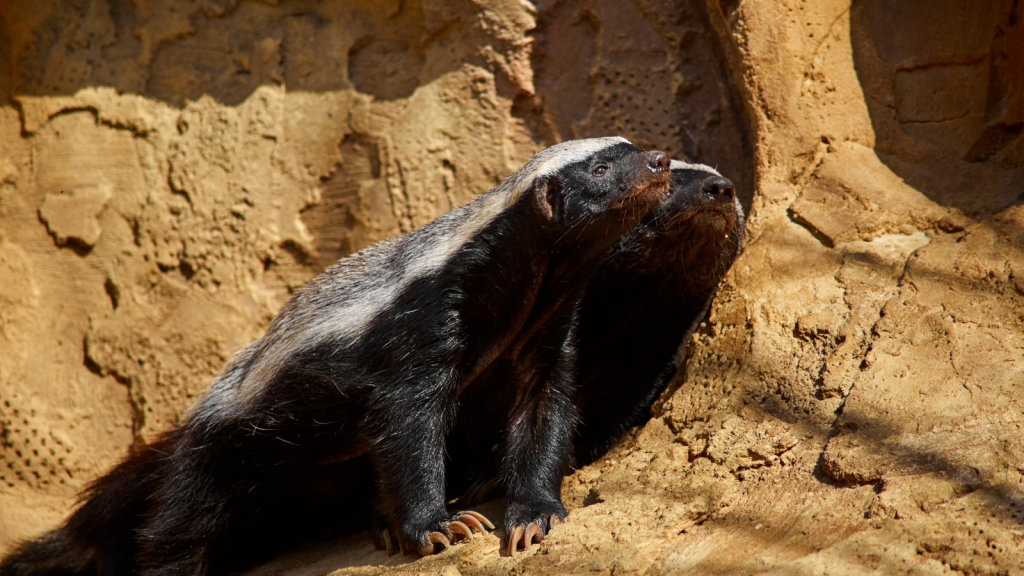
Unlike many social animals, honey badgers prefer a solitary existence. They only come together for brief mating periods. Males and females maintain separate territories, with males covering larger areas that often overlap with several female territories. This solitary nature contributes to their independence and self-reliance, traits that have helped them survive in diverse and often harsh environments.
Adaptable Habitat Dwellers
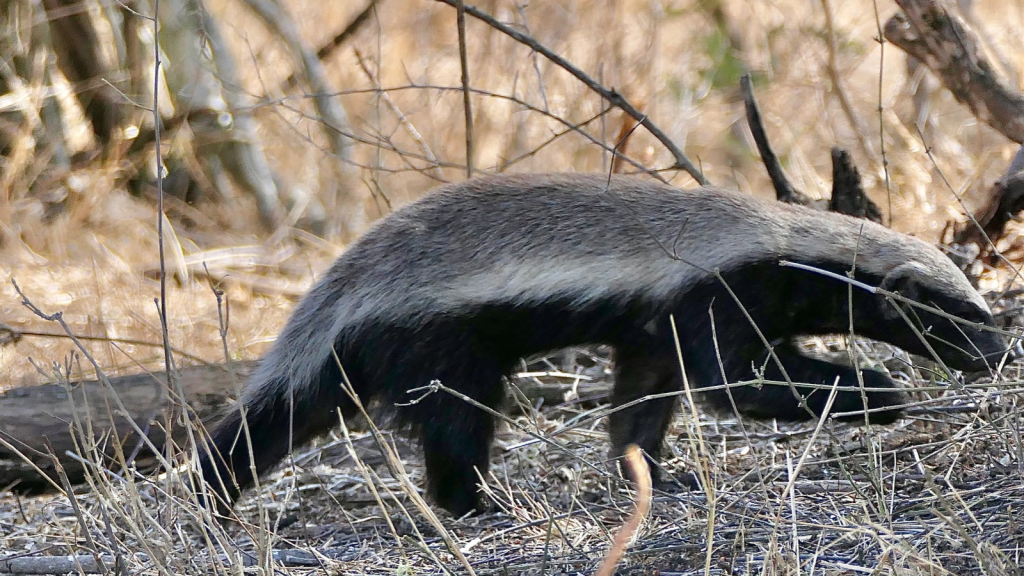
These resilient creatures can thrive in various environments across Africa. They’re found in savannas, grasslands, forests, and even semi-arid regions. Their adaptability allows them to survive in areas where other animals might struggle. Honey badgers have been spotted at elevations ranging from sea level to over 4,000 meters, demonstrating their ability to adapt to different climatic conditions.
Powerful Scent Glands
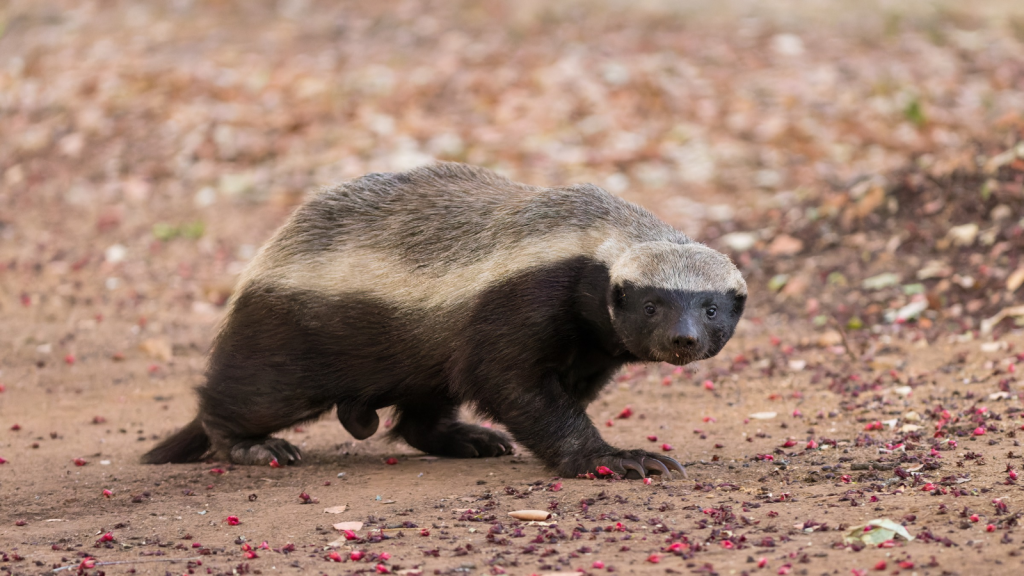
Honey badgers have large scent glands near their tails. They use these glands to mark their territory and communicate with other honey badgers. The musky scent they produce is so potent that it can be detected from a considerable distance. When threatened, honey badgers can also release a foul-smelling substance from these glands, similar to a skunk, as a defensive mechanism.
Remarkable Stamina
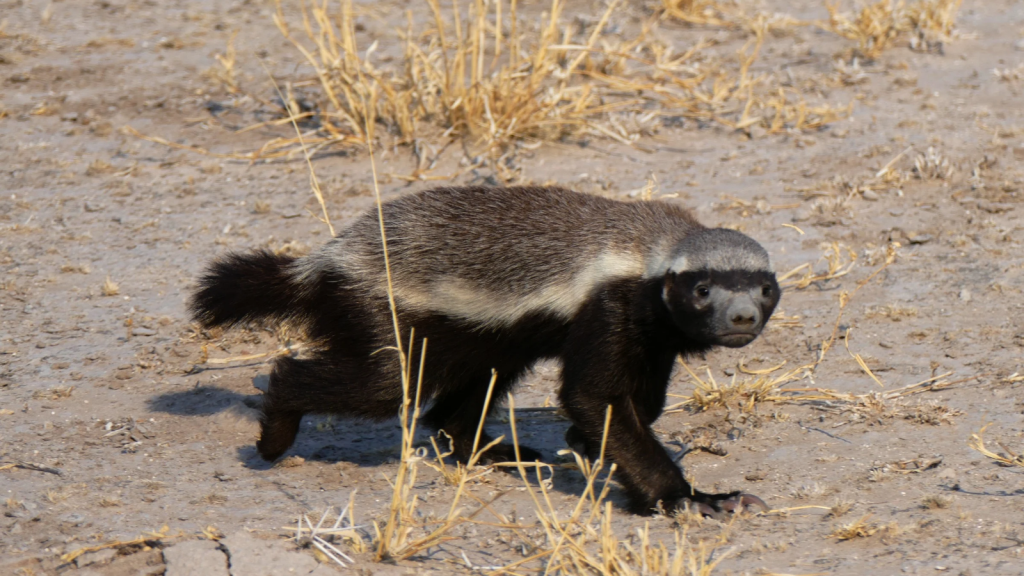
These tireless animals can cover large distances in search of food or mates. They have been known to travel up to 30 kilometres in a single night. Their endurance, combined with their tenacity, makes them formidable hunters and survivors. Honey badgers can maintain a steady pace for hours, allowing them to outlast many prey animals and explore vast territories.
Unique Parenting Style
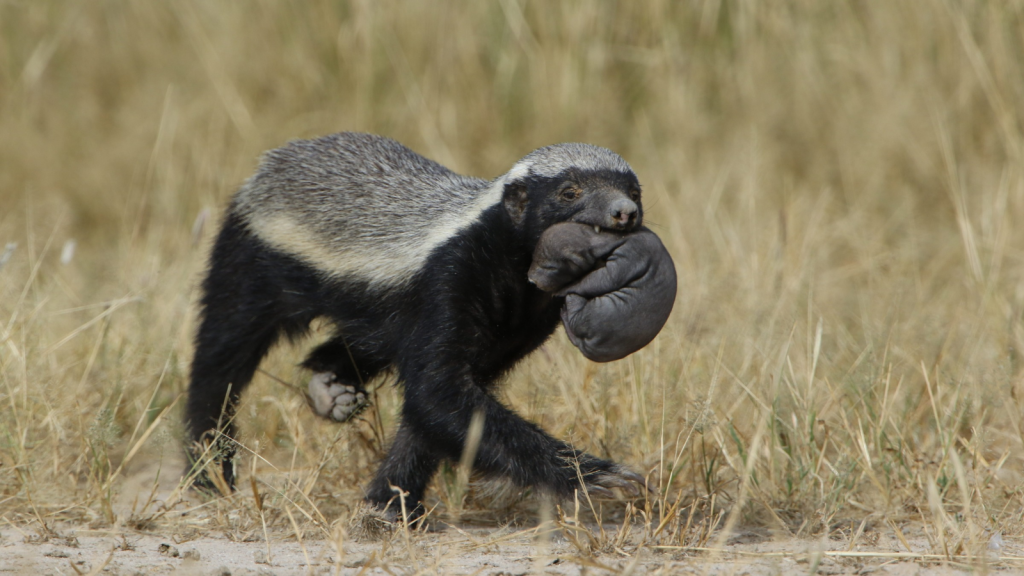
Female honey badgers are dedicated mothers. They typically give birth to one or two cubs and care for them for up to two years. During this time, the mother teaches her young essential survival skills, including hunting and digging techniques. Interestingly, male honey badgers play no role in raising the young, leaving all parental duties to the highly capable mothers.
Threatened Species
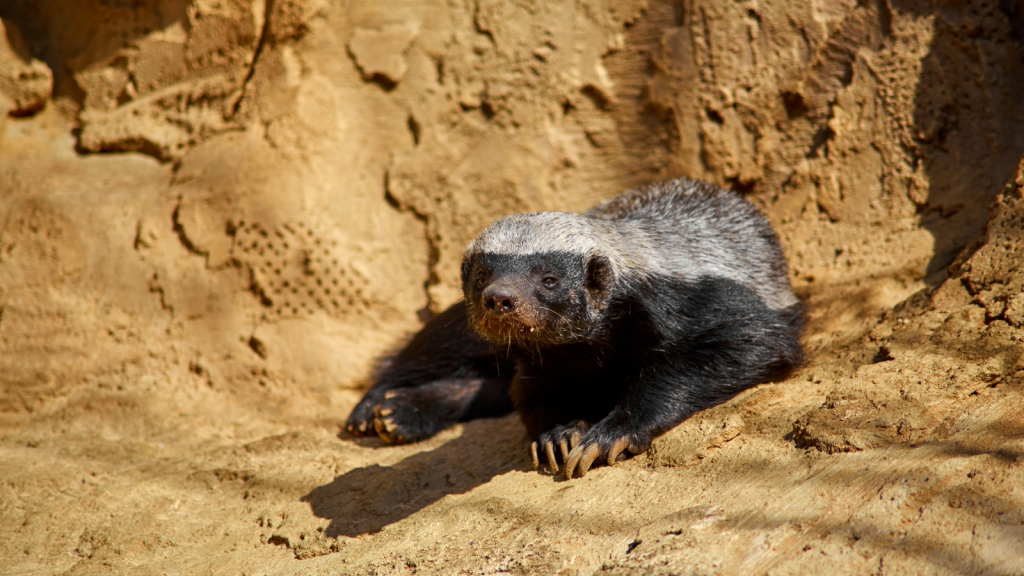
Despite their fierce reputation, honey badgers face threats from habitat loss and human conflict. They’re often targeted by beekeepers who view them as pests, and their body parts are used in traditional medicine. Conservation efforts are crucial to ensure these remarkable animals continue to thrive in the wild. Some countries have implemented laws to protect honey badgers, but more widespread action is needed to safeguard their future across their entire range.
Becky is a fervent wildlife enthusiast and pet care expert with a diploma in canine nutrition. Her love for animals stretches beyond the domestic, embracing the wild tapestry of global fauna. With over a decade of experience in animal welfare, Becky lends her expertise to OutlandishOwl through insightful articles, captivating wildlife information, and invaluable guidance on pet nutrition. Her work embodies a deep commitment to understanding the intricate lives of animals and a passion for educating others on sustaining natural habitats. Becky's hands-on conservation efforts and her knack for translating complex dietary science into practical pet feeding tips make her an indispensable voice for creatures great and small.

